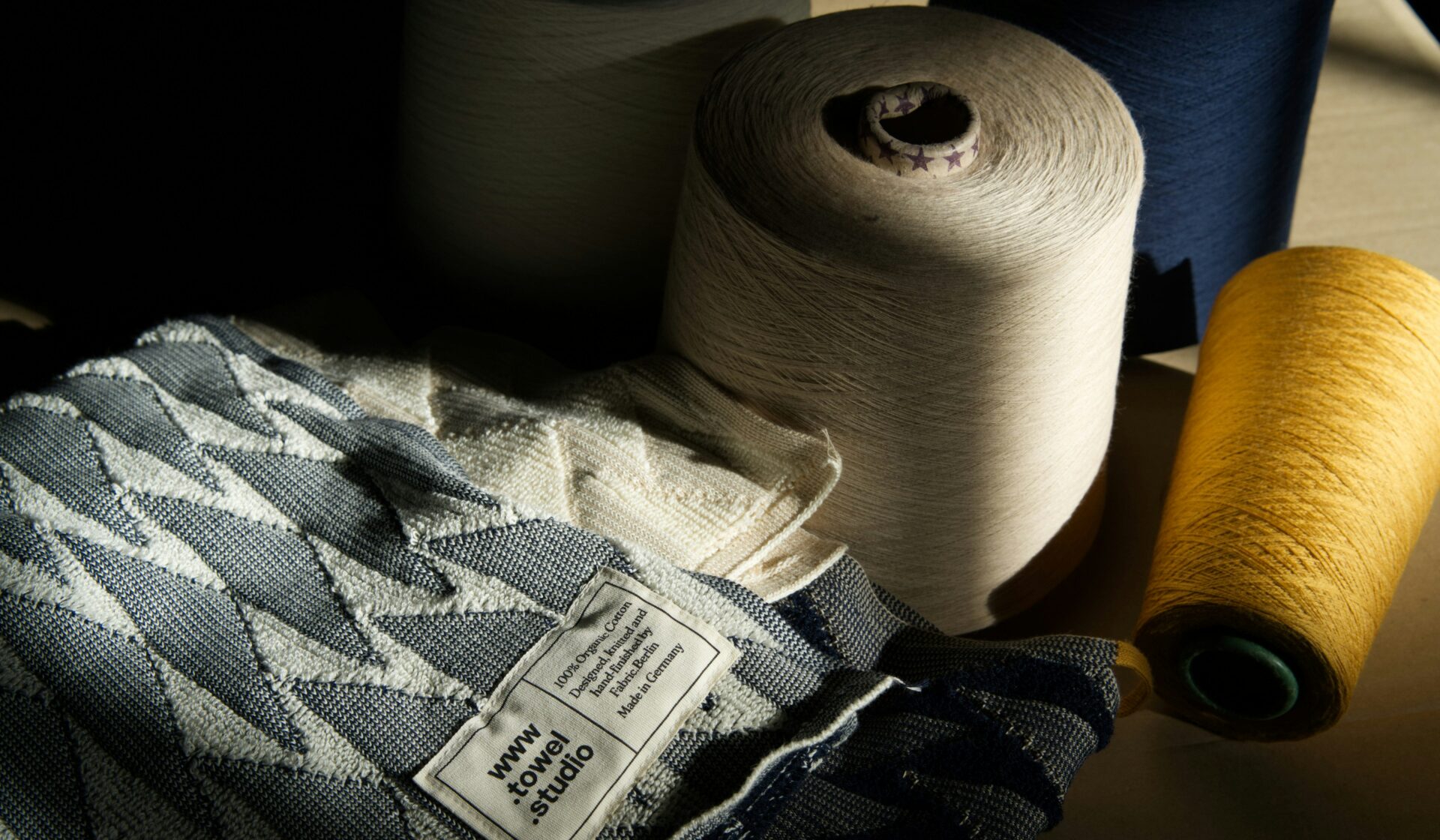Garment care labels could soon be a thing of the past as some environmentally conscious brands and retailers pivot to using QR codes for better supply chain transparency.
Unless you have the patience of a Buddhist monk, then chances are you’ve cut (or more likely torn off in a moment of immense frustration) all the tags off your clothes.
Scratchy and irritation-inducing, garment care labels seem pointless, as though they exist solely to rub against our skin until we have no choice but to claw our way out of whatever item of clothing they’re attached to and reach for the nearest pair scissors.
The thing is, however, they’re actually quite important from a sustainability standpoint.
For one, they generally contain information about how to care for the product, which we really should be paying attention to if we want to increase its longevity for the sake of a planet that’s currently drowning in an incomprehensible amount of textile waste.
They also detail the product’s manufacturing history, which is key to achieving better supply chain transparency in an industry that’s notorious for greenwashing and being vague about how garments were made, where they were made, and who they were made by.
Yet somewhat ironically, the fabric composition of labels isn’t great for the environment, often comprising materials (polyester included) that take years to biodegrade – or never do at all.
This is especially an issue when you consider that most of them get thrown in the bin almost instantly, making them a completely unnecessary contributor to the climate crisis.


















